They are not only symbols of identity and nationality, but they also represent the history and culture of a country. The combination of colors and symbols on a flag can tell a lot about its people, their struggles, and their beliefs. One of the most popular color schemes used on flags is green and white, which can be found on flags from all over the world. In this article, we’ll take a closer look at the top 7 unique green and white flags across the globe, exploring the meanings and stories behind them.
From the iconic flag of Ireland to the lesser-known flags of Niger and Tajikistan, we’ll uncover the history and cultural significance of each flag, and what they represent to their respective countries. Whether you’re a flag enthusiast or just curious about the stories behind these symbols, this article will give you a deeper appreciation for the power and meaning of green and white flags.
1. Nigeria
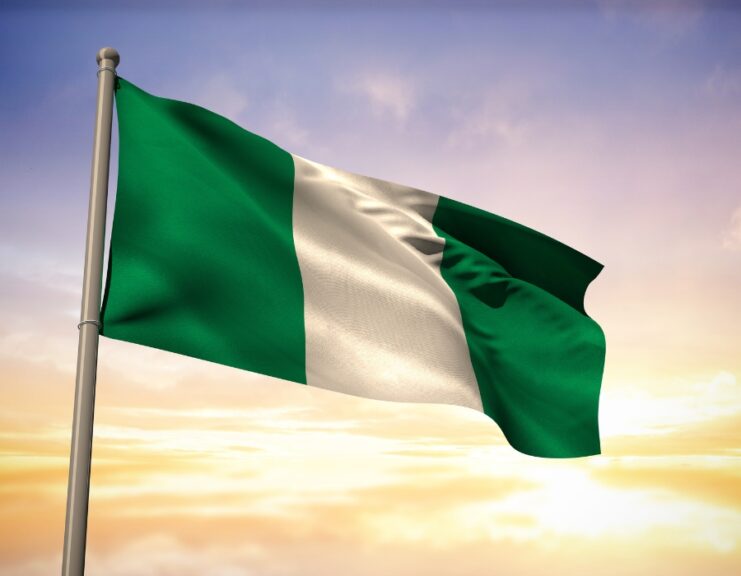
Nigeria’s flag is green and white. It has two vertical stripes of the same size, green and white. In the middle is a green eagle, with a white outline. The two colors represent the two major cultural and economic forces of Nigeria – the Hausa and Fulani in the north, and the Yoruba and Igbo in the south. The eagle symbolizes strength.
Flag Description
The flag of Nigeria is one of the top 7 green and white flags in the world. It has 3 equal, horizontal stripes. The colors are green, white, and green. This symbolizes the unity of Nigeria and its diverse citizens. Green stands for the country’s beauty and agricultural resources. White symbolizes peace and unity among the people.
This flag was officially adopted on October 1st, 1960. It was one of Africa’s first freely chosen flags, after independence from the UK. Though not well-known in the western world, it is an important symbol for Nigerians. All citizens recognize it with pride.
History
Nigeria is a West African nation with an estimated population of 230 million. It is the most populous country in Africa and the seventh most populous in the world. It has a diverse culture, ecosystems, and species. Plus, it has plenty of energy reserves. The official language is English, but there are many regional languages also spoken.
The British colonized Nigeria in the 19th century and it became independent in 1960. After independence, different military and civilian governments took control of the country. The most recent was a military government in 1999 which was replaced by an elected civilian administration in 2015.
The Nigerian flag has three horizontal bands green (top), white, and green (bottom). Green signifies the nation’s fertile agricultural land. White symbolizes peace, unity, and harmony. Green also stands for Nigeria’s natural resources such as petroleum and minerals.
2. Pakistan
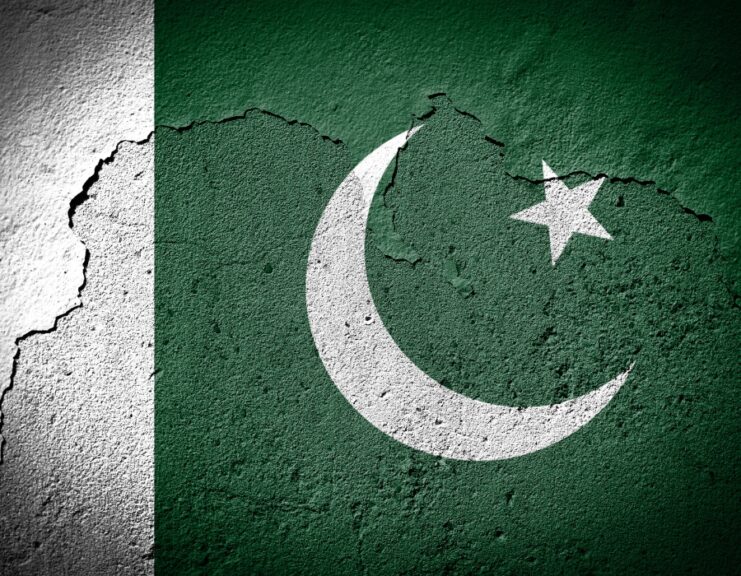
Pakistan is a country located in South Asia and is known for its rich culture, history, and diverse landscapes. The national flag of Pakistan features a green field with a white crescent moon and a five-pointed star at its center. The color green represents the Muslim majority in the country, while the white color signifies the religious minorities and minorities in general. The crescent moon and star are symbols of progress and light, respectively.
The green and white flag of Pakistan has a significant history behind it. It was first designed and adopted by the All-India Muslim League in 1940, which was fighting for the rights of Muslims in British India. After the creation of Pakistan in 1947, the same flag was officially adopted as the national flag of Pakistan. The current design was finalized in 1955 and has been in use since then.
It is not only a symbol of the country’s independence but also of its unity and pride. It is a source of inspiration for the people of Pakistan and represents the nation’s commitment to progress, peace, and prosperity. The flag is flown high on national holidays, important occasions, and at public events as a symbol of national unity and pride.
In Pakistan, it is respected and revered. The national anthem of Pakistan is played while hoisting and lowering the flag, and people stand at attention and show respect for their flag. The flag is also used as a symbol of national pride and unity in various events, such as sporting events and political rallies.
3. Saudi Arabia
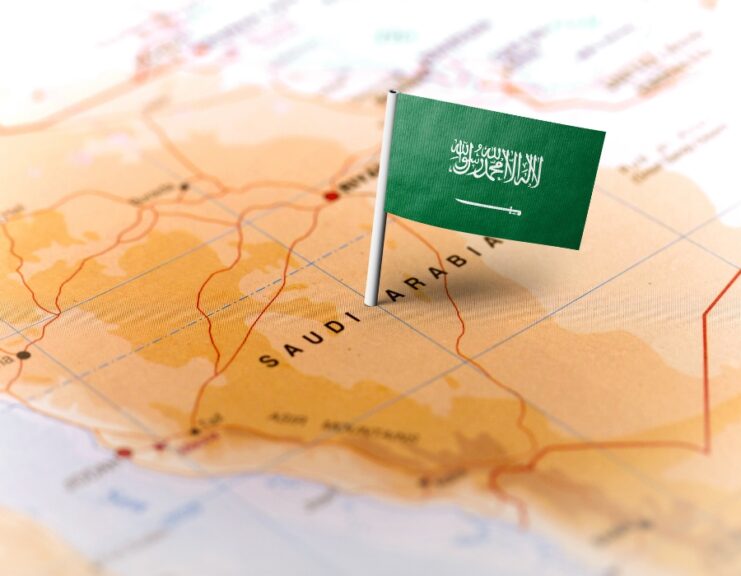
Saudi Arabia’s flag is unique. It’s green and white. It has Arabic calligraphy of the Kalimah or “The Shahada”. This states: “No God but Allah, and Muhammad is Allah’s Messenger”.
The green symbolizes the majority Muslim population. White stands for the minority population. This traditional flag is plain yet eye-catching compared to other flags.
Flag Description
The flag of Saudi Arabia is composed of two elements: green and white. The green symbolizes Islam, while the white is supposed to represent Muhammad’s saying: “God is Greater” and “There is no god but Allah, Muhammad is his Messenger”.
There is also a sword that symbolizes justice in Islam. The combo of green and white is one solid entity, symbolizing both Islamic tradition and modernity.
History
The first known flag was similar to other countries in the area, with a white field and three green stripes. In 1932, King Abdulaziz bin Saud declared that all Saudi Arabian houses should fly the same flag.
The current version of was adopted on 15 March 1973 and is now used as the official National Flag of Saudi Arabia. The white background symbolizes justice, peace, and honesty. Green stands for faithfulness, bravery, and strength. The sword-like shape symbolizes authority and power defending justice for all citizens.
Variations of the flag are used for state offices or certain events, like international gatherings or sports matches. These flags have gold embroideries or an emblem with Islamic scriptures or important occasions related to Saudi culture and identity.
4. Siberia
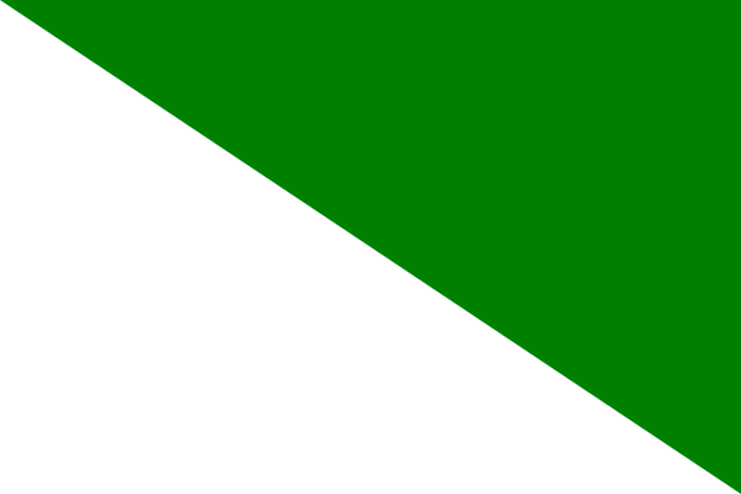
Siberia is a region in Russia that is known for its extreme weather conditions, vast size, and unique culture. The region is located in the northern part of the country and spans over 13 million square kilometers. The Siberian flag is a representation of the region’s distinct identity and history.
The Siberian flag features a green and white background with a yellow sun in the center. The green and white colors represent the forests and snow that cover much of the region. The yellow sun represents the hope and optimism of the Siberian people. The flag also features a Siberian tiger, which is a symbol of the region’s strength and resilience.
Siberia is home to a diverse group of people, including the indigenous Yakut people and the Tatars. The region has a rich cultural history that dates back thousands of years. The Siberian people have a deep connection to the land and the natural world, which is reflected in their art, music, and traditions.
One of the most notable aspects of Siberia is its extreme weather conditions. The region is known for its harsh winters, with temperatures dropping as low as -40 degrees Celsius. Despite these conditions, the Siberian people have learned to adapt and thrive in their environment.
In recent years, Siberia has become an important part of Russia’s economy due to its vast natural resources. The region is home to a variety of minerals, including oil, gas, and coal. It is also known for its rich wildlife, including the Siberian tiger, which is one of the rarest and most endangered species in the world.
5. Rotterdam
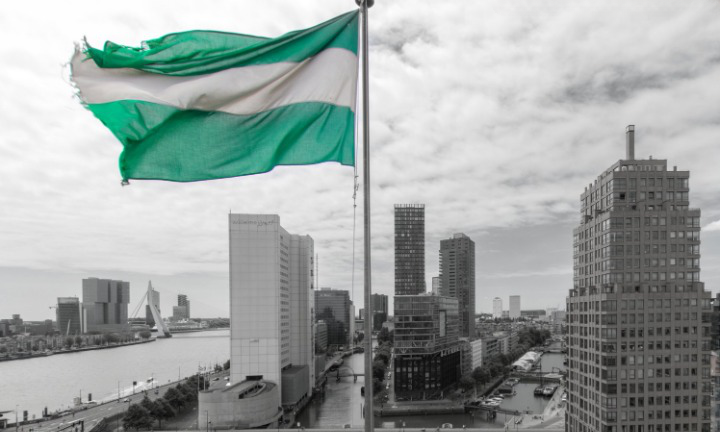
Rotterdam is Holland’s second biggest city. It has an interesting past.
It has value in the city’s culture. It stands for Rotterdam’s strong spirit. Let’s look at the flag’s meaning and origin!
Flag Description
The famously designed flag of Rotterdam was created in 1949. It is mainly green and white. Two diagonal lines meet at the corners, creating four triangles that alternate between green and white. The green and white colors signify Rotterdam’s beauty and diversity. Thus, this flag is meaningful to citizens and tourists who visit yearly.
History
Rotterdam is the second-largest city in the Netherlands. It’s in South Holland, close to the North Sea, on the Rhine-Meuse delta. It’s known for its trading and port activities. City rights were given to Rotterdam by Count Willem of Holland in 1340. It has also been a financial hub since 1620 when its stock exchange opened.
WWII had significant involvement in Rotterdam. It was bombed by Nazi forces, causing massive destruction. This led to the city’s reputation of being a top example of urbanization. In recent years, it has seen a boom in investments, allowing it to reclaim its historical importance. Examples of this are Rotterdam “The City That Built Itself”, and the expansion of Europoort, one of Europe’s biggest ports.
6. Norfolk Island
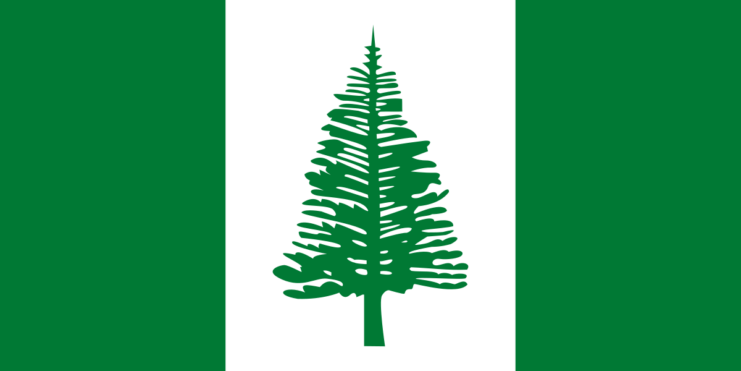
Norfolk Island is a small island in the Pacific Ocean that is a territory of Australia. The island is known for its unique flag, which features a green and white background. The green color in the flag represents the island’s lush vegetation and natural beauty, while the white color represents purity and peace. The Norfolk Island pine tree, which is a symbol of the island, is also prominently featured on the flag.
The tree is a native species that can grow up to 50 meters tall and is found throughout the island. The use of green and white colors in the flag represents the island’s connection to nature and its commitment to maintaining a peaceful and harmonious environment. The flag has been in use since 1979 and is a source of pride for the people of Norfolk Island, who hold it in high regard as a symbol of their unique culture and heritage.
7. Saxony
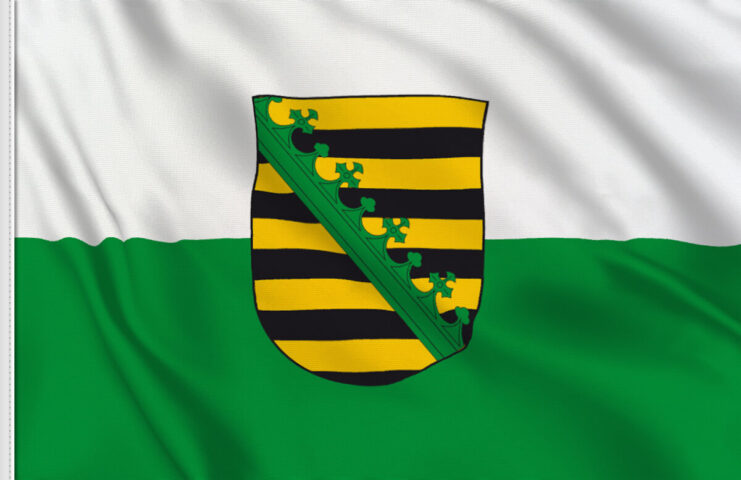
Saxony, located in eastern Germany, has a flag that features two horizontal stripes of green and white. The flag’s origins can be traced back to the 12th century, when the region was ruled by the Wettin dynasty.
Explanation of the green and white colors used
The green and white colors are believed to have been taken from the coat of arms of the House of Wettin. Green represents fertility, while white represents peace and purity. These colors were also commonly used in the region’s traditional dress, making them a natural choice for the flag.
The historical context of Saxony’s flag
Saxony’s flag has gone through several iterations throughout history. The green and white design first appeared in the 19th century as a civil flag, but it wasn’t until 1991 that it became the official flag of the state.
The symbolism of the coat of arms emblem
The coat of arms emblem featured in the center of the flag is also significant. It features a golden shield with a black, double-headed eagle. The eagle represents the House of Wettin, which ruled the region for centuries. The shield is also adorned with symbols of the region’s towns and cities.
Importance of the flag to Saxony’s identity
The flag holds great importance to the people of Saxony and is a symbol of their identity and history. It is flown at official state buildings, schools, and other public places. It is also often seen at festivals and events, demonstrating the pride that the people of Saxony have in their region.
In recent years, the flag has become somewhat controversial due to its use by far-right political groups. Some have called for it to be replaced with a new design to distance the state from these groups. However, many people in Saxony feel that the flag is an important symbol of their heritage and are opposed to any changes.
Overall, Saxony’s flag is a reflection of the region’s history and identity. Its green and white colors and coat of arms emblem are steeped in symbolism and represent the pride that the people of Saxony have in their home.
FAQs
Why does the city of Rotterdam use a green and white flag?
The green and white colors in it are derived from the city’s coat of arms, which features a white shield with a green stripe in the middle.
What is the symbolism behind the green and white colors used in the flag of Norfolk Island?
The green color in it represents the island’s vegetation and the white color symbolizes the island’s coral reefs and beaches.
Why does Saxony use a green and white flag?
It is derived from the region’s coat of arms, which features a white shield with green stripes and a green lion.
What is the meaning of the coat of arms emblem on Saxony’s flag?
The lion on the coat of arms emblem represents Saxony’s historical ties to the Kingdom of Bohemia, while the green stripes symbolize the region’s lush forests and the silver (white) background represents purity.
Why is the flag important to Saxony’s identity?
It represents Saxony’s history, culture, and identity. It is a symbol of the region’s independence and autonomy and is used to promote regional pride and unity.
What is the origin of the green and white colors used in these flags?
The green and white colors used in them have various origins, including natural features (such as vegetation and snow), religious symbolism (such as the Islamic faith), and historical ties (such as Saxony’s connection to Bohemia).
Conclusion
In conclusion, the green and white color combination is widely used in flags around the world, with each country or region having its unique symbolism and meaning. From the Nigerian flag representing peace and agriculture to the Saudi Arabian flag representing Islam and the Muslim faith, and the Norfolk Island flag representing the island’s connection to the sea, each flag has a story to tell.
Meanwhile, the Siberian flag is a representation of the region’s natural beauty and resources, and Rotterdam’s flag symbolizes the city’s maritime history. Finally, Saxony’s flag represents the rich cultural and historical heritage of the region, with the coat of arms emblem signifying the importance of mining and trade. Overall, these green and white flags are not just symbols of identity for their respective regions, but they also reflect the diverse cultural and historical narratives that have shaped the world we live in today.

